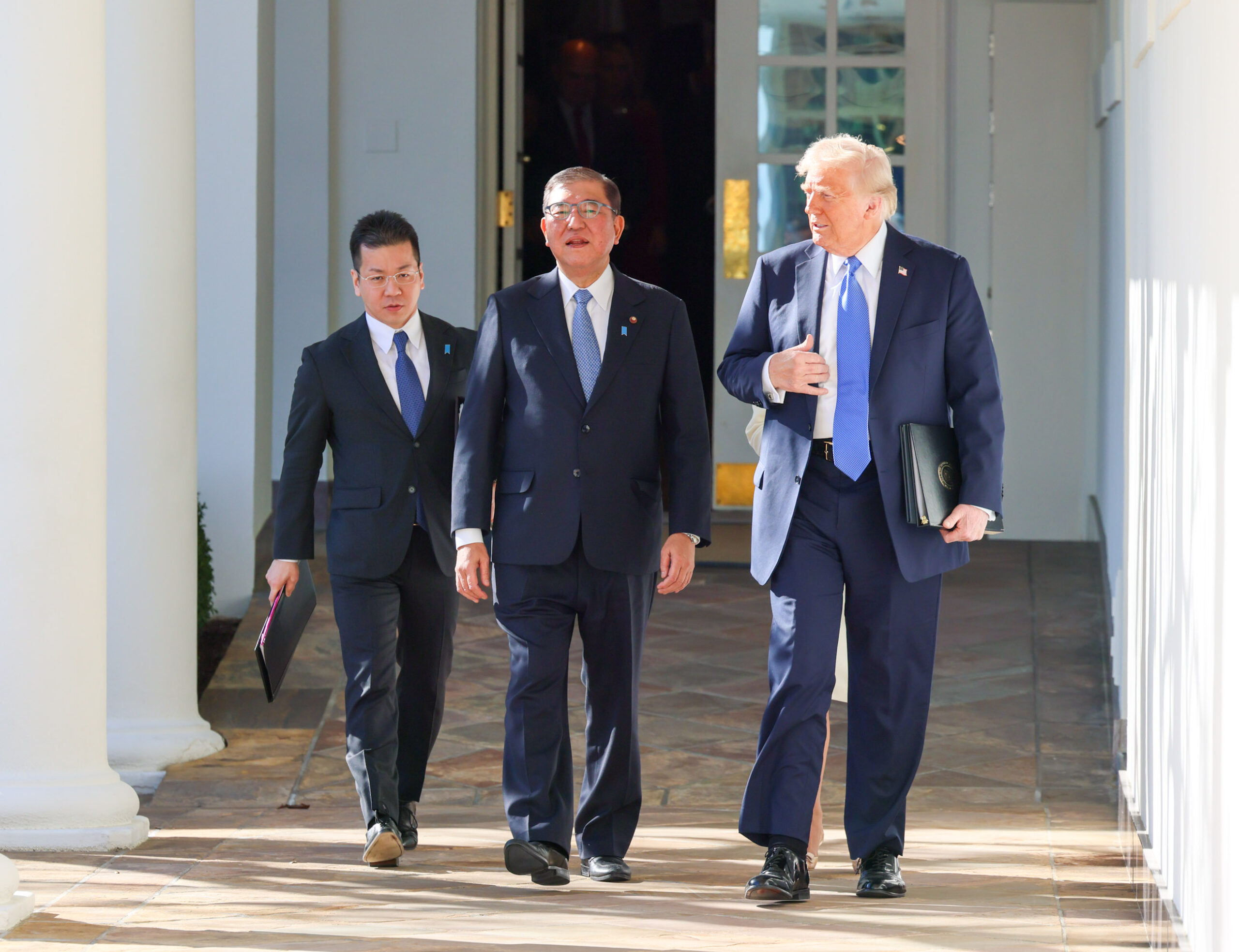 BBC News
BBC NewsBorrowing was £17.4bn last month, the second highest October figure since monthly records began in 1993.

Finito World
Donald Trump’s whirlwind diplomacy in Tokyo this week has been all gold-leaf palaces, military parades, and “America First” steak dinners — but behind the lavish optics lies a very deliberate strategic message: the US is circling the wagons for its next great geopolitical confrontation.
At the heart of the trip was the rare earths agreement between the US and Japan — a vital new link in a rapidly evolving global supply chain designed to counter China’s dominance over critical minerals. For all the talk of a “new golden age” in US-Japan relations, it’s clear what this is really about: preparing for the economic war of the future, where batteries, semiconductors and missile guidance systems will be as crucial as boots on the ground.
China controls more than 70% of global rare earth processing, and has already signalled a willingness to weaponise that advantage — imposing export controls on gallium and germanium earlier this year. Trump’s administration is responding with the same playbook he’s used for years: make deals, secure resources, and apply maximum pressure. With new agreements now inked with Japan, Malaysia, Thailand, and Australia, the US is attempting to build a rare earths coalition that bypasses Beijing.
Trump has wrapped this in a familiar narrative — national security, jobs, and patriotism. And it’s not just rhetoric. These deals promise billions in new US-bound investment and the revitalisation of domestic refining and processing infrastructure. The goal is clear: bring supply chains home or ally-shore them, create a surge in skilled industrial jobs, and reduce America’s economic reliance on a strategic rival.
For Japan, the stakes are different but no less high. Prime Minister Sanae Takaichi, in her debut on the world stage, offered Trump gifts steeped in symbolism — a golf bag, a putter once used by Shinzo Abe, and ballcaps proclaiming “Japan is Back.” She was also shown presenting a map of Japanese investment in the US, part of a broader $550 billion commitment. But this honeymoon has a catch: Trump still wants more access to Japanese markets, and he’s pressing hard on rice, autos, tech and agriculture. Takaichi must now walk a narrow path — appeasing Trump without alienating powerful domestic industries.
So where does this leave the global workforce? In the US, the implications are already visible. Rare earths jobs — in mining, refining, research and logistics — are growing. Just last month, a new processing facility in Texas announced plans to double its workforce by mid-2026. In Japan, the emphasis will likely fall on tech and materials science — areas where its manufacturers can retain a competitive edge.
But the broader reality is this: as strategic competition with China deepens, industrial policy is becoming national security. That means more jobs in critical supply chains, but also more political pressure to produce domestically — and fast. Trump’s Tokyo visit wasn’t just about diplomacy. It was about laying the groundwork for a world in which access to lithium, cobalt and rare earths could matter as much as oil once did.
For all the pageantry and personal praise, this was a transactional meeting with a clear subtext. Trump doesn’t just want better trade terms with Japan — he wants a supply chain alliance fit for an era where China is the central question. The “golden age” might be about shared prosperity. But it’s also about preparing for conflict — commercial or otherwise — with America’s greatest economic rival.